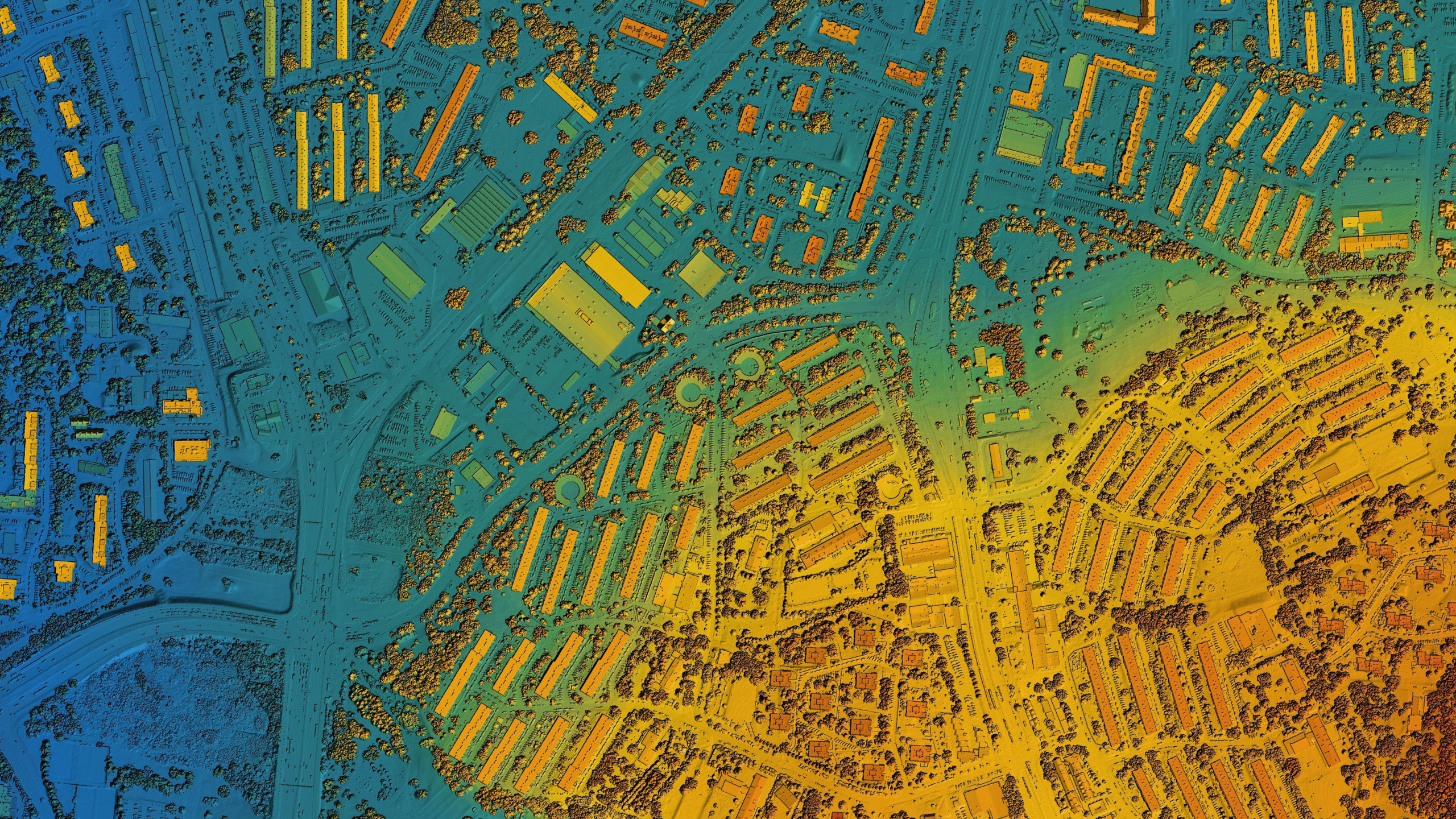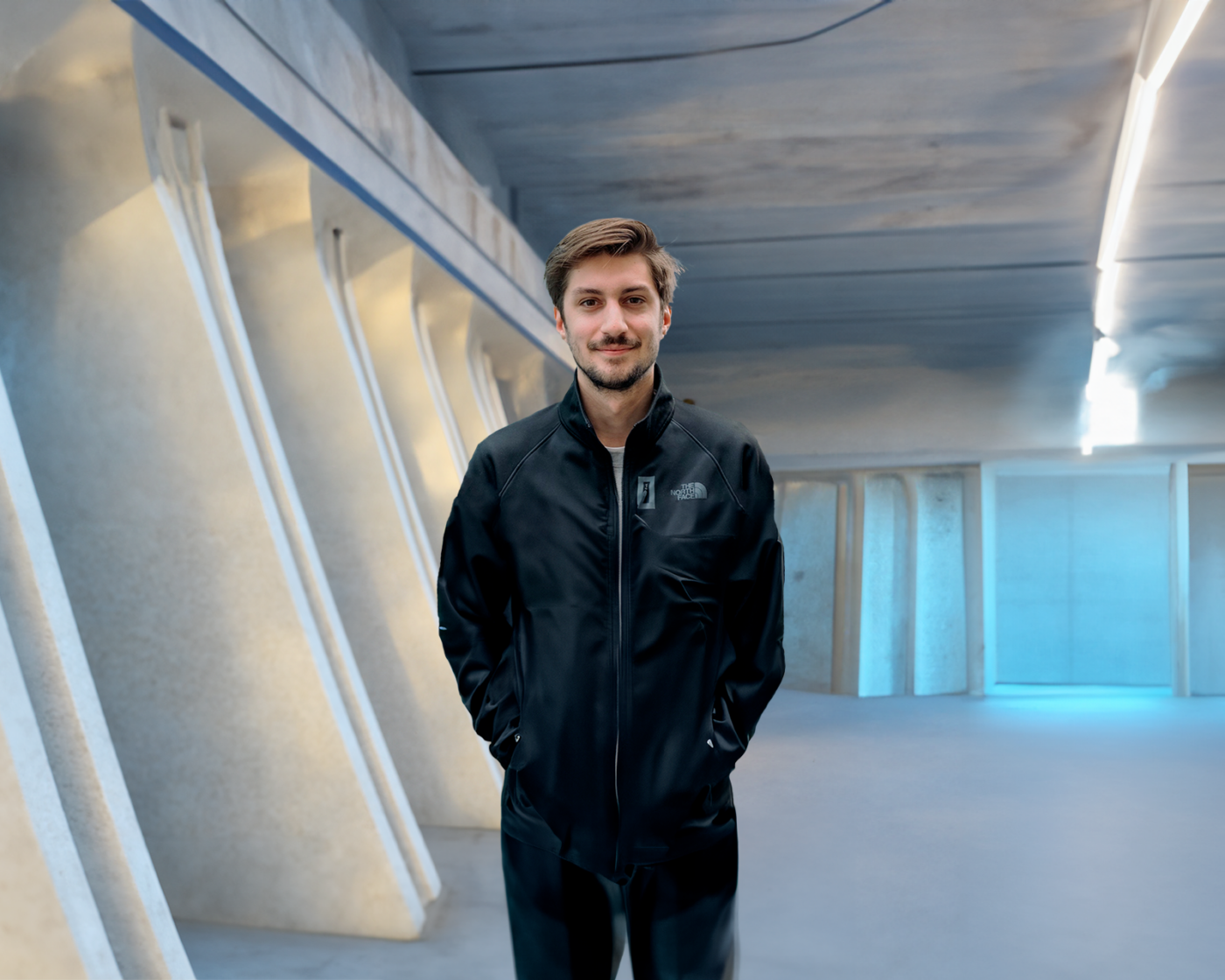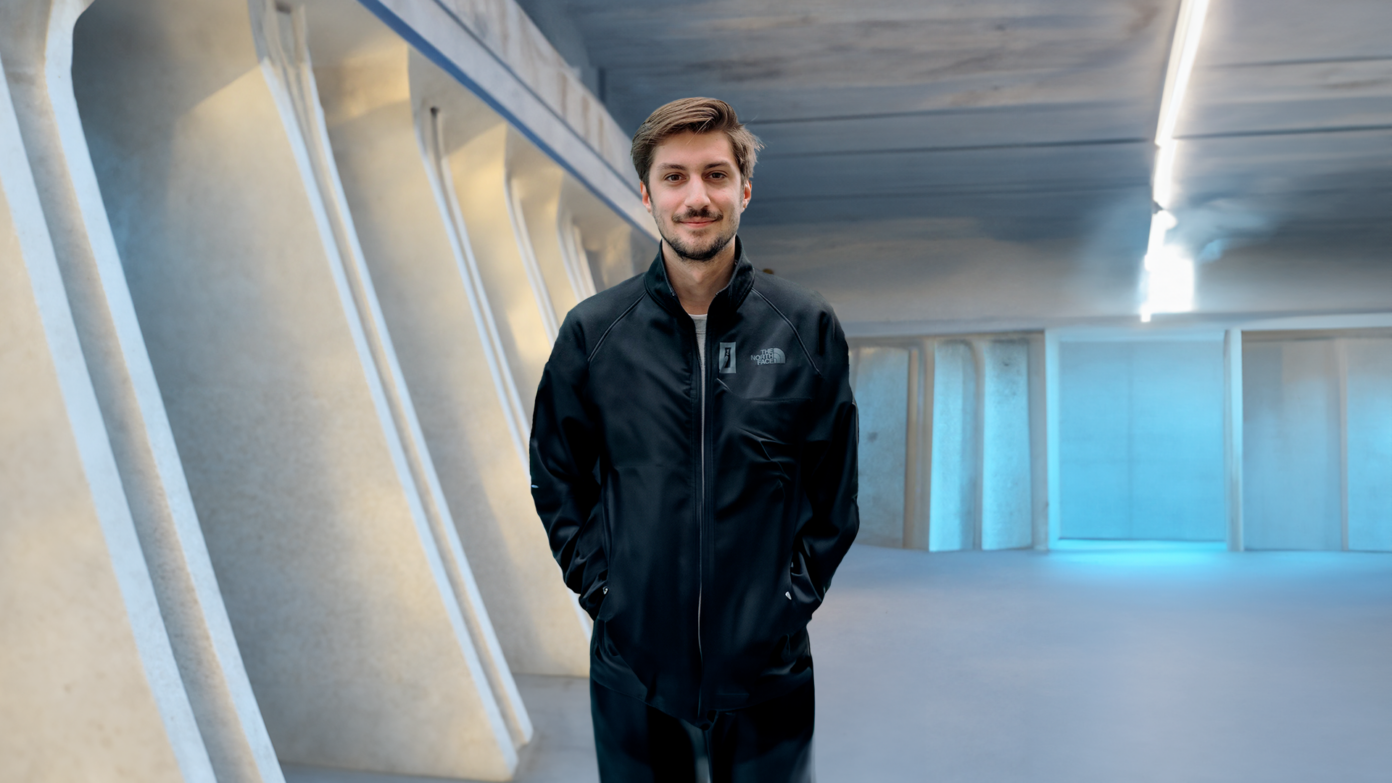In contrast to many contemporary works on the digitization of the city, could you explain how your work on maintenance, that has contributed to the recent emergence of maintenance and repair studies, led you to reconsider its materiality?
Jérôme Denis: We have in effect begun to work on urban questions by approaching them from the angle of maintenance and the subject of those working on the city, with the meta-question that has been driving us since the start of our work lurking in the background: what is work? This covers so-called “essential” workers, suddenly brought to light by the Covid pandemic – this is quite flagrant for cleaners for example – but more broadly, all of the people who make and maintain the city. From this point of view, the city is more a space of circulation, of habitation, that contains work spaces, and we also approach as work space in itself, which is very interesting when trying to understand how it takes shape.
David Pontille: Our work consists of following the maintenance workers, the activity of those who make the city exist on a day to day basis, ensuring that it remains livable and that it functions to a greater or lesser degree, which is an absolutely continuous endeavor. This approach allows us to tackle the city from an angle of care, in the sense that not only is it a work space, but also something that needs to be taken care of in order for us to be able to continue to work on it, and for others to be able to use it as a space of habitation and circulation, otherwise it crumbles, it collapses, before completely ceasing to function.
Jérôme Denis: To give you an idea of the materiality of the city, with Samuel Goëta, who wrote one of the first theses on the history of open data in collectivities in France, we met those who produced this data, and in particular the security command post in the Police Headquarters in Paris that manages traffic, traffic lights, traffic jams etc. They explained to us that they have a dashboard where they see all of the traffic lights and sensors, and it has a color code. When it is green it is clear, red means traffic jams, and purple…means that it’s broken. In fact, a third of the sensors are broken, but they have to work with it anyway…When one speaks about the smart city, this fantasy of a territory covered in sensors, generating a myriad of data, it is important not to forget this kind of inherent fragility, because the city is a violent environment, for many reasons, traffic, trucks, incivility, extreme weather conditions, etc. Work and materiality are then the two main aspects of this maintenance that seem crucial to us when attempting to understand the city.
In your view, is the notion of fragility a way to go against the very fashionable model of resilience?
Jérôme Denis: Moving past the idea of resilience is indeed a central point in our thinking, as this model seems very problematic to us, notably when applied to the city. It is defined as resistance to a shock and the return to a normal state after the shock, whereas on the contrary fragility is a permanent state, just like maintenance. The notion of urban resilience has often been criticized, in particular because a major aspect of the work of preparing resilience is to define and isolate strategic points that must “hold”, which often leads to neglecting a part of the very everyday work that helps a city continue to exist, thanks to all of these “tiny” activities, all of these “small” workers. This suggests that there is basically an optimal state, that falters occasionally and to which we return at a given moment, whereas fragility extends beyond this idea of a balance or a preexisting order that should be reestablished.
It is also a way of assuming the fact that the materiality of the city is constantly changing, that it is a living material. Obviously there are major accidents, attacks, flooding, striking events, but on a day to day basis this urban material remains in transformation. This allows us to grasp this absolutely crucial dimension of fragility that is as political as it is practical.
David Pontille: Adhering to this definition of fragility assumes a gesture that is not natural, as most of the time it is seen as weakness, whereas we are convinced that it should be understood as something positive. The urban is in a constant state of fragility, that far from being a weakness, actually constitutes one of its qualities in a material sense. We should accompany this fragility, to maintain it, preventing it from getting worse, but also improving it. This approach is in line with work done on care, where illness is not considered as a destabilizing shock, or a deviation from a normal situation, but rather as our normal state.
Resilience is a psychological model that was developed after the Shoah, when people where looking for criteria, ways of measuring how those who clearly should have given up all hope, survived, even on a psychological level. These notions were then applied to the city, in particular by the military, who sought to define critical infrastructure in the perspective of future wars: bridges, energy infrastructures, communication systems…Faced with these very technical, even martial aspects, fragility is life, it is the living.
So you’re replacing the pairing sustainability/resilience, a paradigm that has become quite dominant in the approach to the city, with that of fragility/maintenance?
Jérôme Denis: Absolutely. Sustainability is of course taken into account, but for us the essential paradigm is indeed fragility/maintenance. This leads us for example to question what it actually means to design something that we know is fragile, which assumes taking into consideration the fact that the object will be used, worn, and then subjected to maintenance work. Hilary Sample shows clearly in her book Maintenance ArchitectureMIT press, 2016. to what extent this aspect is neglected by architects foe example. She relies on photographs to show how architecture spends passes its time making the maintenance workers disappear, how the obsession with glass and all of the minimalism of architecture is based simultaneously on a process of erasing the maintenance workers and a pretension of investing in sustainability by design alone. She notably gives a brief history of gondola platforms that were invented so that the people who clean the glass facades of buildings remain in their place, never crossing paths with the office workers, remaining relatively invisible while being highly visible at the same time.
Similarly, there is also the quite extraordinary work of Ila Bêka and Louise Lemoine, who have made at least three films about maintenance workers, one in particular which is very well known on the house in Bordeaux designed by Rem KoolhassKoolhaas housewife, 2008.. The problem for Koolhaas was not fragility, it was the fact that there were people like this cleaning woman who came and occupied the house in a way that was not quite as he had imagined it, as if the maintenance of the building had not been considered. Bêka and Lemoine tried on the contrary to show that the maintenance workers are essential users of these spaces, which echos our thinking around work. They also made a film about the rope access workers who maintain the Guggenheim in BilbaoGehry’s Vertigo, 2013.. This is not at all a depressing vision, it is a challenge for the workers, they love their activity. The film however shows to what extent these spectacular spaces have not been considered in terms of their maintenance. There is in this type of architectural gesture a form of fantasy of purity, of solidity and cleanliness that overlooks the actual question of maintenance.
To address urban data, another of your subjects, we can see that a first generation of “smart cities” is running out of steam, with the relative failure of major projects like Songdo and Masdar, but has this enthusiasm for the smart-city completely disappeared in your opinion?
Jérôme Denis: I have the impression that the smart city has somewhat disappeared from the literature, particularly since Google abandoned its Sidewalk project in Toronto. I think that what is emerging is a new balance of data, between the push for open data and proprietary data, between the operators who produce massive amounts of data, but are reluctant to share it, like Waze, Uber etc., and the data of citizens, generated or counter generated by actors such as OpenStreetMap. This movement for open and civic data has in particular a way of making problems exist through local projects that makes me think of a tactical proto-urbanism being revisited by institutions. This is an aspect that re-specifies what the digital city is as compared to what we were “sold” a few years ago around the major projects of the smart city…
David Pontille: To explore these urban experiments, five years ago we launched a program at the CSI to study the city and the digital city, without actually adopting the notion of smart city, in such a way as to take a different approach to the problem. This allowed us to understand that the notion of smart city did not emerge from the world of urban research but from private actors like Cisco, who promoted it because it allowed them to sell services. It was only afterwards that it became a notion that was worked on academically, with robust debates between “pro” and “anti” smart city advocates. The notion of urban experimentation allows us to work on urban systems that also generate information, often paired with digital systems, with sensors, but not only, as the city continues to be complex, experimentation is not limited only to the vision of the major tech firms.
Beyond the slightly “bogeyman” aspects of the major projects for the smart city, the idea that big data allows the city to be objectified, to solve its problems in a “scientific” manner is nevertheless increasingly present for urban actors. Does this seem to you to be part of what you call the “Neo-positivism of data”?
Jérôme Denis: This actually overlaps with the more enthusiastic approaches to the smart city, based on the primary idea that the solution is to be found in the data. But if we dig a little deeper we quickly become aware that for digital actors and for big data, data itself is actually a problem: what kind of data is available? What data do we need? How to obtain good data? What we call the “Neo-positivism of the data” is the whole trend that can be found in those selling these solutions, who attempt to establish the idea that we are sitting on an endless supply of data that would allow us to solve all of the city’s problems. From this point of view, the Neo-positivist postulate is that data exists and the only thing missing is its treatment. But in fact, a large number of start-ups that launch with a project for urban data quickly collapse because they quite simply don’t acquire the data that they thought they would. They make the existence of data a precondition of in order to boast of the added value that they can provide when treating it, but this doesn’t hold water, simply because this data doesn’t exist and it is very expensive to produce and maintain it.
There is a bubble effect, with many cities continuing to buy this type of solution, but they often reveal themselves to be useless. Why? Because in fact they respond to problems other than the ones they are actually faced with. This is where the notion of problematization comes in. In other words, people from the digital field arrive with solutions to problems that have not been formulated by the actors of the city. This trend is actually based on the premise of a fantasized neutrality of urban data, which completely overlooks its political dimension. This is a central point that should not be forgotten: there is a political work involved in generating this data, in understanding the problems to which it responds, but also in its production, its treatment and its maintenance. Though neglected by some of the actors, all large projects are confronted with the question of maintenance of datasets that are extremely flaky and perishable. In this sense, the digital field is also fragile. Updating a dataset assumes for example making a choice between deleting the previous one, in which case no archives are created, stocking it, which is onerous and costly, or creating versions, which quickly makes it very complex to use.
I think that we are gradually moving away from a faintly mythical and highly idealized period of urban data available for the management of cities, towards a problematization of what it means to manufacture and generate intelligent, pertinent data that responds to finely stated problems. And what it means to deal with inherently urban specificities, not simply by posing questions coming from the science of big data, with its imposition of issues of optimization and efficiency.
Similar to the city, does data represent a work in itself, does it possess materiality and fragility?
Jérôme Denis: Well, it doesn’t really exist as such. When you seek to harvest data, at best you end up with more or less complete Excel spreadsheets, that are generally incompatible with one another, initially designed for uses other than than what you are trying to do with them. In construction BIMBuilding Information Modeling or Building Information Management. Designates the tools for modeling construction information implemented by applications that allow the modeling of building data, a structure, or a building. is a good example, with its enormous costs, even though it was supposed to cost much less. It is a typical example of a situation in which the actors think that data will be easily accessible and shareable. It is not even that they underestimate the conditions of production, they act as if they don’t exist at all. The first fundamental point is then to remember that we need to invest in the conditions of data production.
Another recurring problem is the reuse of data in a different context. When data does actually exist, it has to be cleaned, harmonized and formatted for a new use. Not only is it not neutral, but there is a cost associated with extracting and transforming it. All too often it has not been budgeted for. In his thesis, Samuel Goëta showed for example that when collectivities began to make their data available they had practically no financial or human means to do it with, because almost everybody imagined that somewhere out there was a data “tap” that could be simply turned on.
The problem is not only to find a data “source”, but also to work to make it useable. The definition of what data is, goes hand in hand with the definition of the work of the data. For data to be considered as such, it has to be able to be treated and analyzed, without requiring any supplementary work. Here again there is a very strong process of rendering the invisible work that needs to be done ahead of time. Data is clearly based in part on this “dirty work”, and I think that there is a political dimension to rendering it visible, but also a necessary demystification of the financial cost of making this data exist.
The history and sociology of sciences has for years shown that the raw data was “obtained”, as Bruno Latour says, and that it does not exist in a “natural” state. It doesn’t grow on trees, it has to be generated, shaped and transformed when we want to use it in a different context, all aspects that are barely emphasized in the prophetic version of promises connected to big data. Yes, of course the data can be worked on, it is the essence of scientific work itself, but this doesn’t change its quality or its power, this doesn’t necessarily make it “doctored”. It seems to me then essential to assume the fact the data is worked on, is manufactured in a sometimes complex and costly manner, and that it is necessary to provide the means to move it from one context of use to another, in order for it to be really pertinent and useable.
Approaching the urban question from the angle of data leads to a very functionalist vision of the city. In your opinion does this risk harming its urban quality?
Jérôme Denis: With data there is indeed a tendency to “reengineer” city management, but this could be quite the opposite. The citizen sciences movement, from the counter production of data, or data-activism, actually seems interesting in the sense that it re-politicizes the question, or at least offer functionalist counter-propositions. The question is not so much data as its problematization. If we abandon this work, it is an entire politics of the city that will disappear. We cannot be satisfied with generic data around standard questions of efficiency, because the lone perspective of an optimization depoliticizes urban space. By basing our thinking on questions of air quality or noise comfort, or the quality of life in the city in general, we could imagine billions of pieces of data to revive an aspect of urban policy making. I do not think then that data is necessarily synonymous with functionalisation, it is only that the players who seize it and sell these solutions are advocates of optimization, who reason in functionalist terms.
David Pontille:To come back to the moment of problematization of data, for it to not only be efficient but also pertinent, for it to be used in a concrete manner, I think it is important to specify that the model of smart city is the solving of problems. In smart city projects, problem solving consists of setting up an experiment to address a problem and find out how to solve it. But this way of thinking in terms of problems/solutions is not synonymous with problematization, quite the opposite.
Problem solving is the Trojan horse of tech players who sell solutions. They arrive with prepackaged problems, generally linked to questions of optimization, but that are often false issues. The current aura of big data is all too often enough to convince decision makers. If we take the case of policing algorithms – the idea of anticipating where and when crimes might be committed – it is quite clear that this does not function at all, without even taking the ethical risks into account, as the biases are absolutely phenomenal. These questions of public security are not about optimization. In the end we always come back to the idea that we need more police officers, more representatives with better training, and the algorithm can do nothing about that. But too often the problems are imposed by this logic of problem solving.
That said, it would be a mistake to believe that on one side we are dealing with politics, but not at all on the other. Problem solving is politics, a strategy of optimization and of flow that positions itself as pure solutionism, whereas in reality it is eminently political. There are many assumptions about who will benefit, but also the question of knowing who possesses the data, how and by whom will it be valorized and monetized? I think that it is important to resist this policy of technical solutionism on a political level. It is essential to no longer separate technology from policy, as they are completely intertwined in all areas.
Yet those promoting big data urban solutions have precisely that tendency to say that by accumulating factual data they are developing an apolitical approach…
Jérôme Denis: Which is completely false, but that is in effect a way to sell these solutions, pretending that they respond to problems scientifically and objectively, irrespective of the political slant of the municipality. A passionate article by Jennifer Gabrys and her colleagues about science projects by citizens on air quality, entitled “Just Good Enough Data” clearly shows the highly political potential of data, and why it should be reappropriated. They show how datasets produced by citizens, flawed as they might be, can produce policy, not because they are highly precise, but simply because they allow questions of pollution to be highlighted, permitting them to exist under a new light.
On the other hand, I was quite struck by the fact that in addition to the cases where we imagine there is a lot of data, when in reality there is none, there are also many domains where we are well aware that we have none, I’m thinking in particular of the health sector. The observation is the same, in other words that there is an assumption that the data exists, but there are situations, notably on the epidemiological level for example, where it seems completely crazy that we don’t have more data. We have very little local data on cancers for example, hence the large amount of controversy around the subject. This clearly strengthens the role of citizen sciences and data-activism. From a political point of view it is actually quite interesting to see that there is deliberately almost no data on this. It is no longer a functional question of knowing how to manage a bus network or ensuring safety in a neighborhood, the subject is that we don’t have this data because we haven’t politically given ourselves the means to produce it, even though we are supposedly firmly ensconced in the era of big data.






